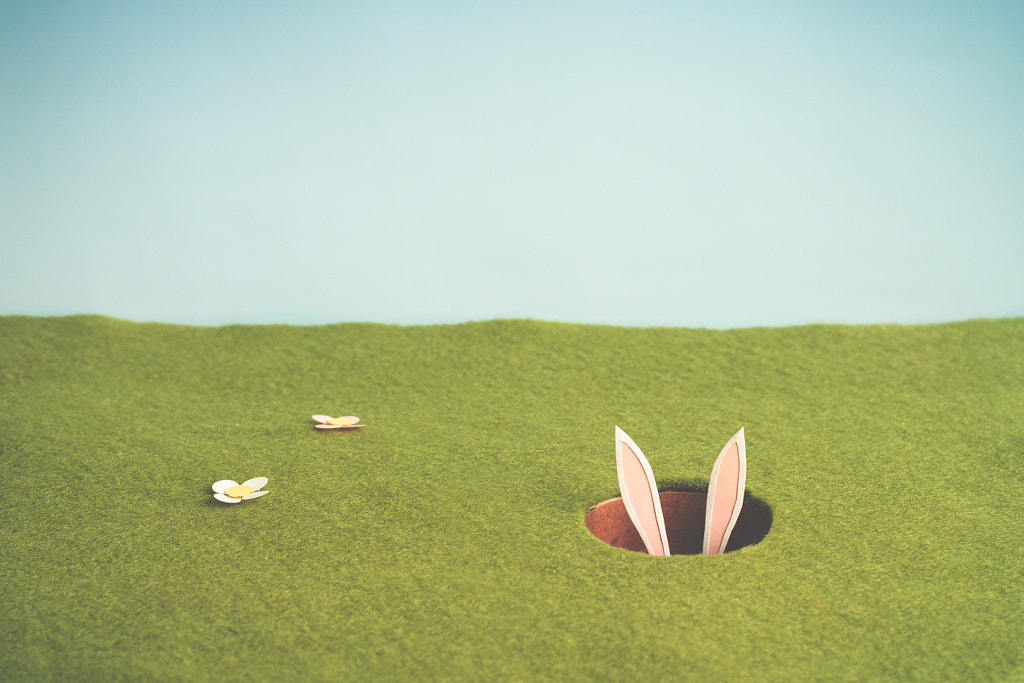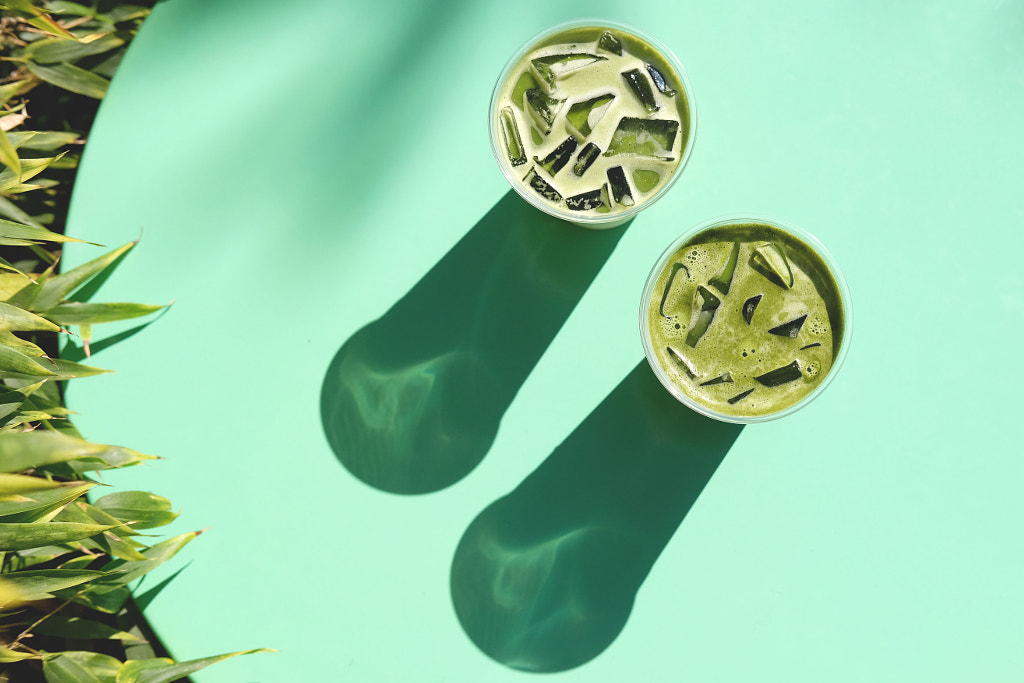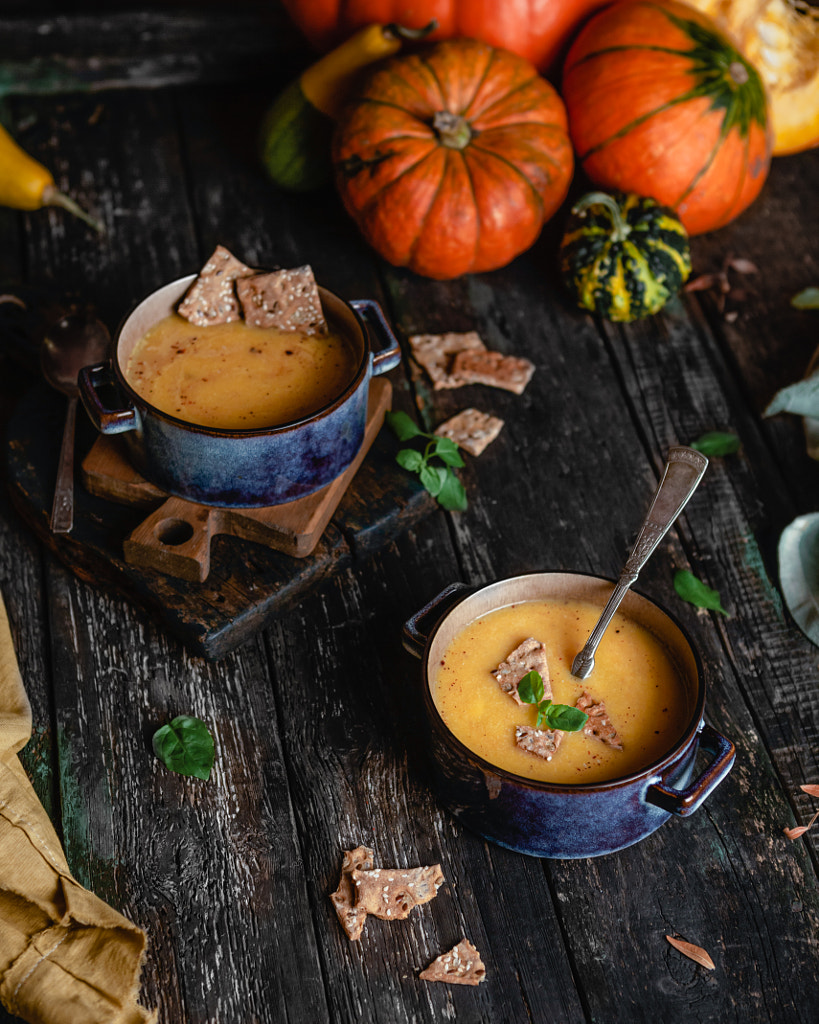You might still remember these memes: “Women wearing boxing gloves with business attire,” “First Day On The Internet Kid,” “Ladies Lounging (Uncomfortably) With Laptops,” “Internet Grandma Surprise.” Popularized in 2011-12, these viral memes incorporate and poke fun at obviously staged, overused stock photos. You know the kind of stock photo we’re talking about: models acting out various activities (surfing the net, eating salad, etc.), always with unrealistic, over-the-top facial expressions and often posed against a white background.
Nearly a decade later, that “smiling-family-in-picture-frame” aesthetic still comes to mind for some when they hear the phrase “stock photography,” but the truth is that today’s commercial photography looks vastly different. In the past several years, consumers have pushed brands to be relatable and authentic in their marketing—according to a 2019 survey from Stackla, 90% say authenticity is important when deciding which brands they like and support—and marketers have taken note.
While old-fashioned stock photography still exists out there, commercial photographers in 2020 have broken the mold by producing creative, realistic visuals that resonate with brands and their customers. The days of exaggerated poses and artificial smiles are over, and they’ve been replaced by engaging, accessible images that reflect ordinary life experiences. Here are just a few of the ways in which the game has changed in two evergreen commercial genres, lifestyle and still life.
Lifestyle photography: From posed portraits to natural micro-moments
We’ve already described the overly-staged stock portraits of yesteryear, so let’s take a look at what works now. Many of today’s commercial photographers are getting out of the studio and documenting real life, often featuring regular people rather than professional models. They’re shooting with real families—sometimes their own—and capturing normal, everyday moments.
This idea of the “micro-moment”—the small, ordinary rituals that make up our daily lives—has changed commercial photography for the better. As noted by Facebook IQ in their 2020 Topics and Trends Report, people around the world are finding ways to celebrate the little things, like a morning cup of coffee or a soak in the bath.
While these subjects might seem mundane, they’re in-demand because they’re sincere; we can see ourselves in these moments. They’re also easy to shoot, even if you’re working from home. A regular activity in your household, like getting the kids ready for school or washing your face and brushing your teeth before bed, could turn into a quick photo session.
Quick tip: Give your models time to forget about the camera
While commercial photographers in decades past might have asked their models to pose and smile for the camera, contemporary photoshoots can take a more natural, relaxed approach. Once you’ve scouted your location and decided on the theme of the shoot, give your model an activity to do, without too much staging; it can be as simple as preparing a meal at home or taking the dog for a walk in the park. You can also ask your models about what feels natural to them and their lifestyles.
While new models might be rigid at first, a positive, casual atmosphere will help them relax, leading to spontaneous expressions and gestures that can’t be forced. Give them time to get comfortable, and avoid micromanaging. Move around, try new angles, capture different perspectives, and keep your camera out during breaks in the action; they’ll reward you with genuine emotions. They don’t need to be looking at the camera, just absorbed in what they’re doing in the moment.
Still life photography: From basic product shots to conceptual creations
Still life stock photos used to be somewhat predictable: an isolated object, shot against a plain background, with high-key lighting. To be clear, there’s nothing wrong with these kinds of images; they’re practical, versatile, and easy for clients to use in their own designs. They are also the norm when it comes to product photography—when’s the last time you saw an image on Amazon that didn’t look like this?
But modern still life stock photography is simply more diverse. These days, you can find those clean, basic product shots, but browse any major commercial photo platform, like 500px or Getty Images, and you’ll also find creative, eye-catching visuals that simply didn’t exist years ago.
One major movement we’re seeing is towards conceptual still lives, or images that illustrate abstract ideas. Licensing Contributor Hardi Saputra is a master at creating these; the picture above, for example, could appeal to a graphic designer working on an Easter campaign or a children’s book cover, but it would also resonate with a marketer who wants to illustrate the idea of “working hard” or a website designer teasing a new project that isn’t ready yet. Check out our article on conceptual still lives for more ideas and inspiration.
Quick tip: Create a moodboard
Before a still life shoot, consider browsing your favorite brands’ social media feeds and screen-grabbing images that jump out to you. Fashion and cooking blogs and magazines are also great places to browse. Pull any images that catch your eye, and see if you can notice any patterns. For example, do they use a trendy flatlay format, or do they incorporate complementary colors?
In general, commercial still lives are trending in two distinct directions. We’re seeing brands use natural, “lived-in” images that feel like they could have been taken at home or throughout everyday life. They aren’t “picture-perfect” with every item placed “just so,” and they might be a little messy, but they’re instantly relatable and tell a story beyond the frame.
At the same time, other brands might prefer highly produced and polished visuals that look like they were made in the studio. Everything has been positioned deliberately to create just the right look and feel, from the lighting down to the smallest detail. The lesson here is that there’s no one way to create a marketable still life, and the best thing you can do is gather inspiration and get ideas from ad campaigns and magazine spreads you admire. As you study and track emerging trends, you’ll also develop an aesthetic of your own.
In conclusion
Stock photography has significantly changed in the last ten years, and it continues to evolve. In 2020, commercial photography is more democratic than ever; anyone with a camera can upload and submit images to be licensed by leading brands and publishers, meaning that you no longer have to have decades of experience under your belt in order to shoot for a major advertising campaign or book cover. This democratization has resulted in a surge of creativity and talent; between this writing and the time you read this, brand new ideas and styles will have emerged.
Our advice for growing your Licensing portfolio in 2020 is two-fold: track these trends, and keep shooting. We regularly publish articles about hot topics to explore in your photos, and Getty Images also releases trend reports on what’s selling, from “Gen Z Yellow” to “Vegan Christmas” and everything in between. From there, try not to get stuck in one mode of shooting; experiment with everything, from lifestyle to still life, from food to landscape, to see what works. Diversify your collection to appeal to a wide variety of buyers, and keep learning, improving, and building on what you have.
Not on 500px yet? Click here to learn about Licensing with 500px.


















Leave a reply